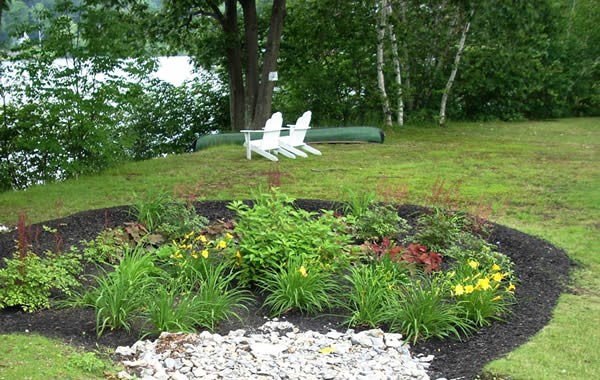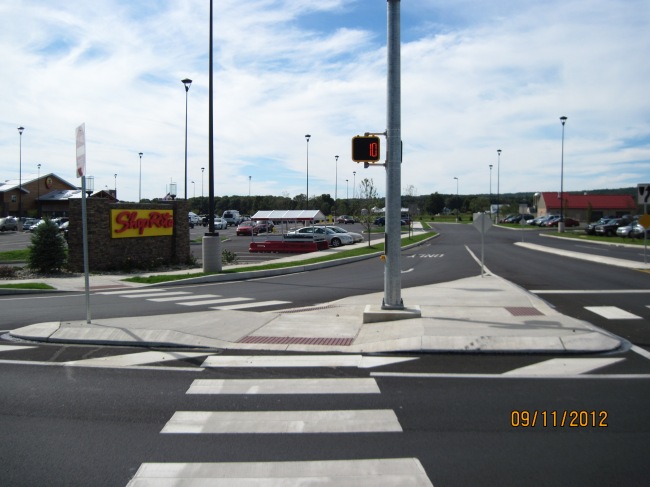 Extreme example of an Illicit Discharge
Extreme example of an Illicit Discharge
MS4 stands for Municipal Separate Storm Sewer System. Essentially, this is the system of pipes, inlets, and other structures owned by a municipality that collects stormwater runoff from buildings, roads, parking lots, etc., and is ‘separate’ from the system that collects and conveys sanitary sewage. In order to adhere to mandates under the federal Clean Water Act, MS4s are required to obtain an NPDES (National Pollutant Discharge Elimination System) permit to discharge this collected stormwater into various surface waterways, such as streams, rivers, etc. In Pennsylvania, this permit is issued by the Pennsylvania Department of Environmental Protection (PADEP, or just DEP).
One of the requirements in obtaining the NPDES permit is to control/reduce the amount of pollutants being discharged from the system. This is done by reducing the amount of pollutants from entering the system in the first place. To do so, municipalities must develop a Stormwater Pollution Prevention Plan (SWPPP.) The SWPPP must address six (6) required minimum control measures (MCM). The 6 MCMs include:
- Public Education and Outreach
- Public Participation/Involvement
- Illicit Discharge Detection and Elimination
- Construction Site Runoff Control
- Post-Construction Runoff Control
- Pollution Prevention/Good Housekeeping for Municipal Operations
Among the steps municipalities are taking to reduce pollutants and encourage water quality is to implement what are known as Best Management Practices (BMPs). Essentially, BMPs are the installation of, or improvements to, individual structures that collect and convey stormwater runoff. Some examples include Retention/Detention Ponds; Rain Gardens; Vegetated Swales, etc. These structures are designed to treat stormwater by “settling out” much of the pollutants and sediment that would otherwise be discharged to the waterways.
Many municipalities have begun to undertake some of these projects to meet their respective NPDES permit requirements. Some of these projects can be quite large and expensive, with costs running into the millions of dollars, leaving municipalities with the dilemma of how to fund such projects. Some, such as the City of Allentown, have enacted a separate stormwater fee, which charges land owners a fee based on the area of impervious surface on their property. Impervious surface is that which rainwater is unable to infiltrate through into the ground, such as building roofs, asphalt parking lots, roadways, etc. Others have collaborated with other municipalities to form regional stormwater management districts to manage such projects and funding issues.
Unfortunately, no municipality can escape the mandate of the MS4 program, which means no resident is immune to the ultimate cost of implementing these upgrades that ultimately serve to improve and enhance our quality of life. In other words; somehow, someway, sometime, we will all have to contribute to the solution.



 Extreme example of an Illicit Discharge
Extreme example of an Illicit Discharge